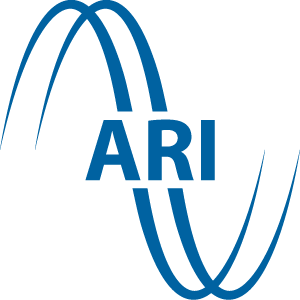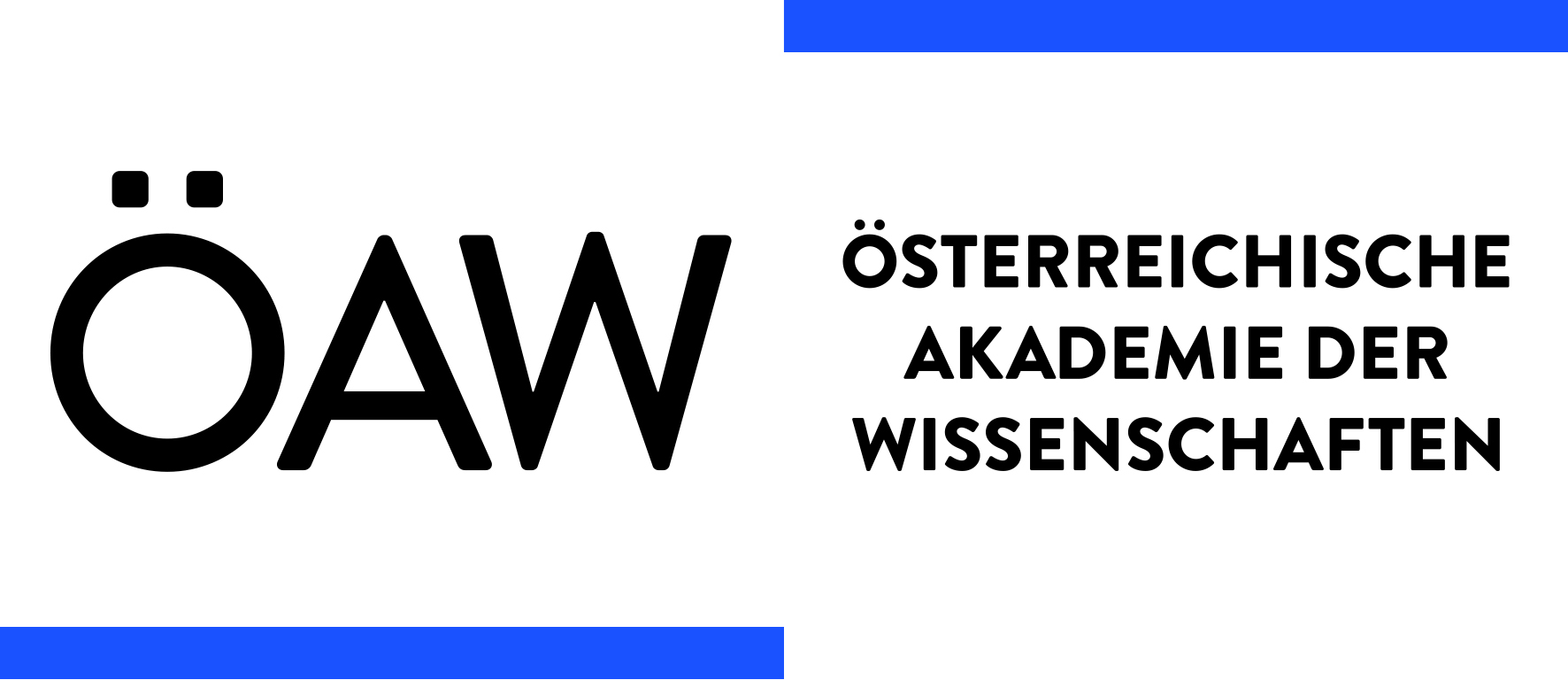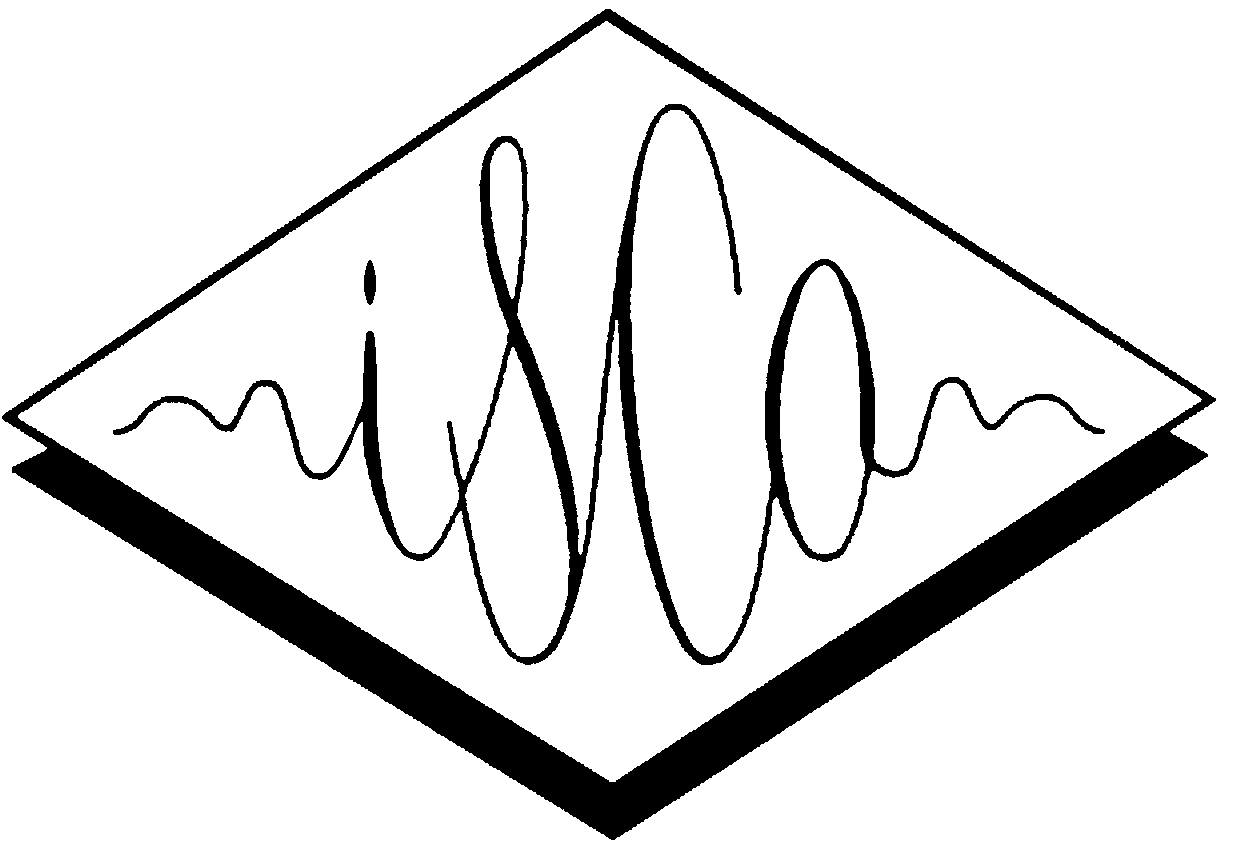Invited Speakers
Peter Donhauser (Institute for Media Archaeology, Austria)
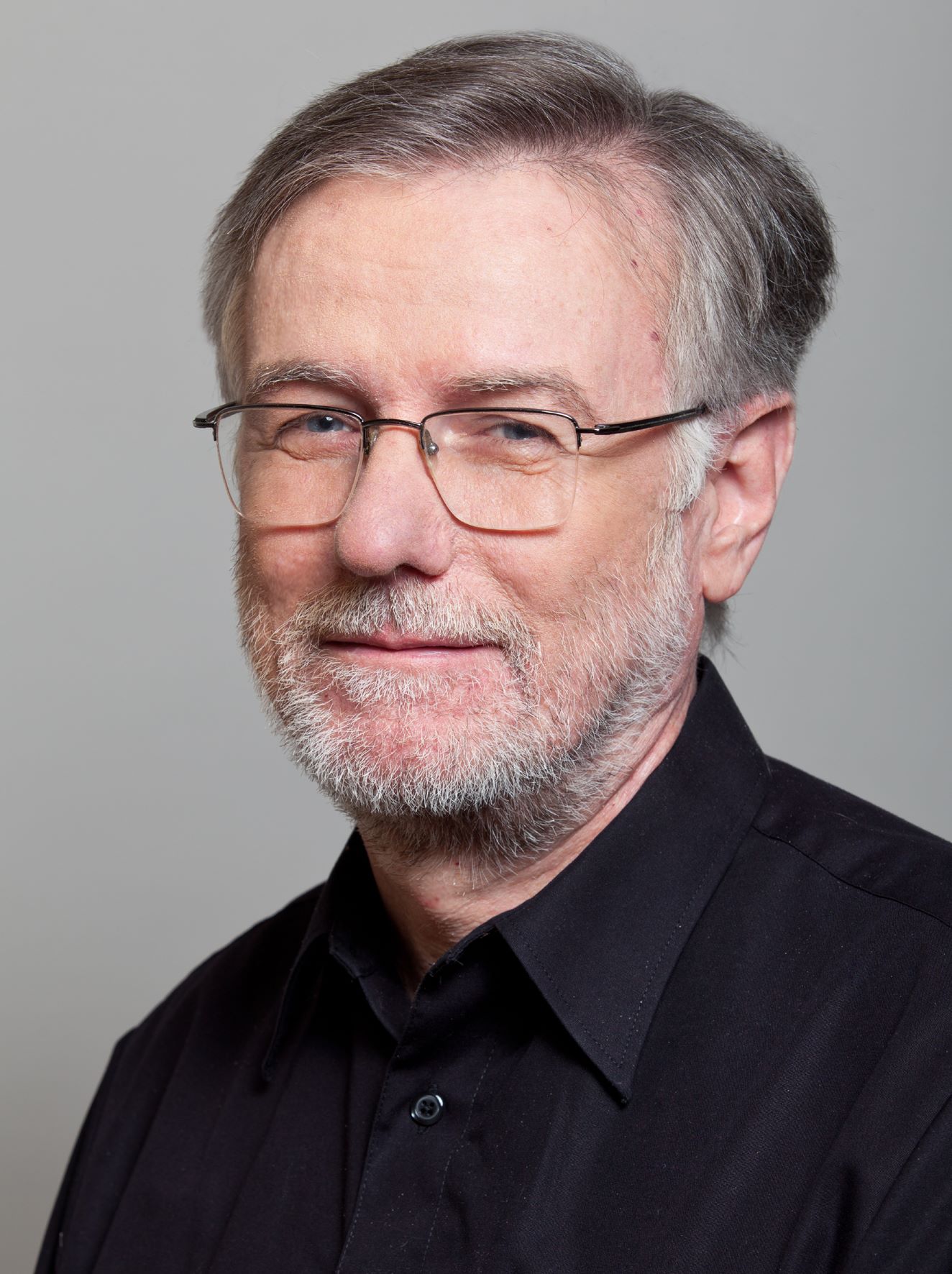
From speech- and sound research to applications and products.
Speech research goes back far to the 18th century (f.i. speech machines by Christian Gottlieb Kratzenstein or the publication by Wolfgang von Kempelen). Many of the research results led to commercial applications. Examples are the Phonautograph by Scott de Martinville (led to the Phonograph) or Ludimar Hermann's research on vowels (led to filters of electronic instruments and to speech synthesizers). Research findings by Helmholtz led to sound synthesis, to the vocoder and numerous recent sound software. Even cochlea implants use the technique of band filters used in vocoders. 2007 the "Autoklavierspieler" was shown at the Vienna festival "Wien modern", performing a speech application using a grand piano. There is a significant knowledge transfer between sound research, technology, commercial applications and art practices as well.
Rüdiger Hoffmann
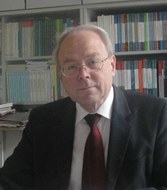
"Nothing but a lung, a glottis, and a mouth" - The long way of speech synthesis.
Speech recognition and speech synthesis have been fascinating research disciplines since a long time, but potential applications suffered from low acceptance mainly due to poor quality. This situation has rapidly changed with the introduction of "virtual assistants" and similar speech-controlled products, and speech technology has arrived at the daily life in the recent decade. This is an opportune moment to look back into the long history of speech synthesis as an engineering discipline, which starts with early attempts, continues with the elaboration of a scientific foundation, and culminates with the availability of electronics and computing. It is the aim of this paper, not only to trace this path by selected examples, but also to identify the driving forces which were acting in the different periods of this development. As far as possible, the presentation is illustrated by material from the Historic Acoustic-phonetic Collection (HAPS) of the TU Dresden.
